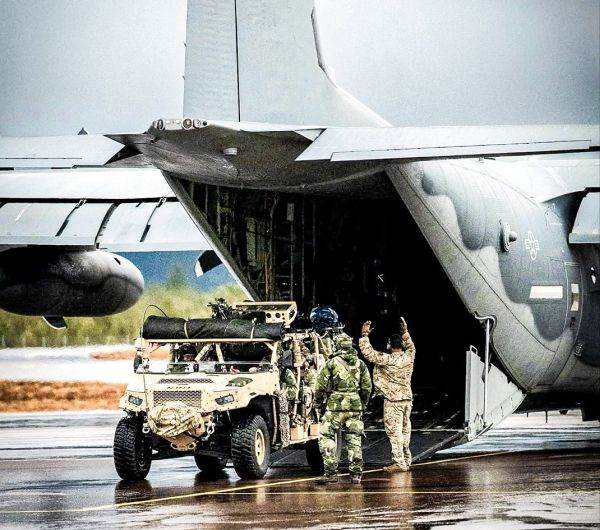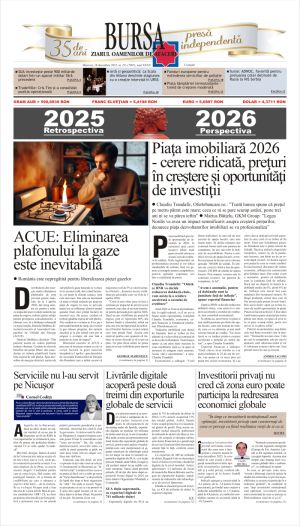The European Union, in close collaboration with the governments of the member states and NATO, is working intensively on an emergency transport plan aimed at ensuring the continent's military mobility in the event of war, the Financial Times reports. According to the cited source who spoke with officials in Brussels, the European Commission is preparing a common system for the use of trucks, train cars and ferries capable of transporting tanks, heavy artillery and armored vehicles within the Union, if the Russian Federation were to expand its aggression beyond the borders of Ukraine. According to the European plan, Germany, due to its geographical position and developed infrastructure, will play a central role in this unprecedented logistical mechanism.
The project, still in its early stages, is taking shape in the context of increasing military tensions and constant pressure from the United States, which for years has been demanding that European allies be more involved in ensuring their own security. Under the plan, EU countries will have access to a so-called common pool of military and logistical transport assets that can be used in crisis situations. This will include trains, ships, planes and trucks exclusively designed for the rapid transport of troops and heavy equipment across European territory, so that mobilisation can be achieved in hours, not days.
European sources have confirmed to the Financial Times that the European Commission will present a formal proposal in November to simplify customs procedures and modernise transport infrastructure to minimise the time it takes to cross internal borders. The model is partly inspired by the European mechanism for fighting forest fires, under which the EU makes equipment and resources available to member states when they are faced with natural disasters. This time, however, the logistics are much more complex, as European armies often rely on private operators in the field of air and rail transport, which makes coordination difficult in an emergency.
The recent report by the European Community of Railways (CER) highlights the colossal scale of the logistical challenge: moving just one infantry division - consisting of around 15,000 soldiers and 7,500 vehicles - requires around 200 trains, each consisting of 42 wagons, i.e. over 8,400 loaded wagons. Furthermore, these wagons must have a load capacity of at least 22.5 tonnes per axle in order to be able to transport tanks and armoured vehicles. Germany's strategic position at the heart of Europe makes it the main logistical hub of this defence system. Berlin has already signed agreements with Deutsche Bahn's freight division, which will ensure, in case of emergency, the transport of tanks and heavy vehicles. The Bundeswehr, the German army, has also signed contracts with industrial giant Rheinmetall, which will support military convoys crossing the country, while the airline Lufthansa has offered its expertise in maintaining military aircraft and even training fighter pilots.
A key element of the European plan is the creation of a single register of transport resources available in all member states. The Commission could oblige governments to declare and register all means of transport - public and private - that could be used in the event of a mobilisation. This logistical map of European capabilities will become a vital tool for the rapid coordination of military operations and for strengthening the resilience of the Union in the face of any external threat.



























































